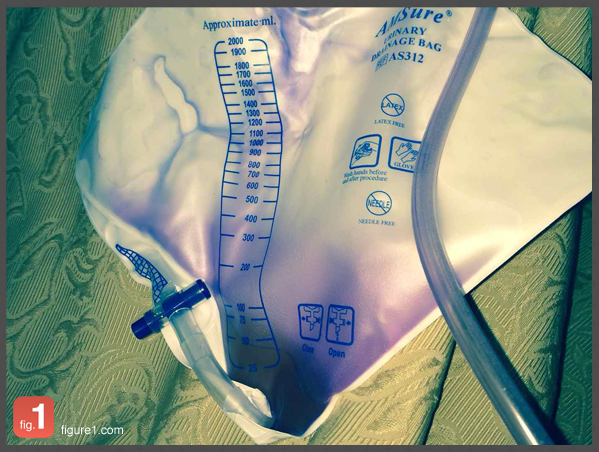
Living with chronic pain -- from lower back problems to fibromyalgia, arthritis or migraines -- is a daily struggle, made even more difficult when sufferers feel misunderstood by the people around them.
And sadly, chronic pain is incredibly common. Twenty-five million U.S. adults suffer from pain on a daily basis, according to an August report by the National Center for Complementary and Integrative Health, published in the Journal of Pain. Forty million adults suffer from severe levels of pain, though less regularly, than the chronic sufferers.
"The number of people who suffer from severe and lasting pain is striking," Dr. Josephine Briggs, director of NCCIH, said in a statement.
Those who report severe chronic pain (levels 3 or 4 on the survey's pain scale) have worse health, suffer from more disability and use more health care services than individuals who suffered from lower pain thresholds (levels 1 or 2). The report, which was part of the 2012 National Health Interview Survey, included information from 8,781 adults between 2007 and 2012.
Treatment can be a challenge
There's no one-size-fits-all approach to treating chronic pain. Prescription painkillers, which are among the few treatments covered by health insurance, work for some people, but have side effects and can be addictive.
Thirty-three percent of adults reported using alternative pain-management and health treatments in 2012. Yoga, which is now practiced by 10 percent of adults, has seen huge gains in popularity over the last five years, according to the report. Other mind-and-body treatments, such as massage therapy, acupuncture and relaxation therapy, have held steady in popularity or declined slightly since 2007.
Because pain is so personal and subjective, these pain-management techniques may work for some people and not for others, according to the NIH. Some studies have shown that yoga and stretching, can ease lower-back pain. On the other hand, the scientific evidence that melatonin can reduce pain, is fairly weak, according to the Mayo Clinic.
There's a link between chronic pain and depression
“Approximately one-third to three-quarters of people with chronic pain experience moderate to severe depression,” Michael Clark, a psychiatrist and director of the pain treatment program at Johns Hopkins Hospital told The Washington Post. "Both depression and chronic pain share some of the same neurotransmitters and nerve pathways. So pain is worse, function is poor, response to pain treatment is diminished and their prognosis is worse until they can get their depression under better control.”
“When you have chronic pain, even those closest to you can not fully understand your suffering.”
This gap between the intense experience of having constant pain and the inability of others to understand that pain, can drive a wedge in social relationships, according to Kristin Barker, an associate professor of sociology at the University of New Mexico's Center for Health Policy.
"A key reason chronic pain is isolating is because it is invisible," she told The Huffington Post. "If you had a broken leg, everyone around you would understand your pain and your limitations. When you have chronic pain, even those closest to you can not fully understand your suffering."
While the results of the new survey aren't necessarily heartening -- chronic pain is still a major health problem for Americans -- here's to hoping that more data about pain today will translate into new treatments options in the future.
Also on HuffPost:
